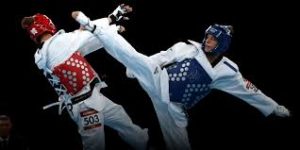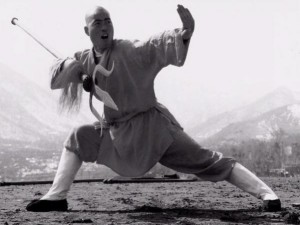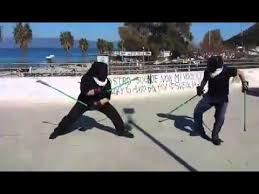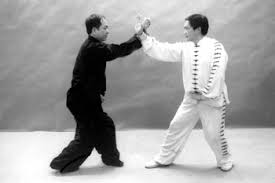including women
Tansudo
 Tansudo is Korea’s martial arts, which is based on strict discipline and the practice of various forms of self-defense. Tangsudo founder Hwang Kietogo said that he created the tansudo during his life in Manchuria in the 1930s. He created his martial art on the basis of ancient texts about subak – the old military art of Korea. Tansudo was influenced by karate and Chinese Wushu schools. In many ways, tansudo is similar to karate and taekwondo, but it is practically not used in sports.
Tansudo is Korea’s martial arts, which is based on strict discipline and the practice of various forms of self-defense. Tangsudo founder Hwang Kietogo said that he created the tansudo during his life in Manchuria in the 1930s. He created his martial art on the basis of ancient texts about subak – the old military art of Korea. Tansudo was influenced by karate and Chinese Wushu schools. In many ways, tansudo is similar to karate and taekwondo, but it is practically not used in sports.
Tangsudo is a lot like taekwondo, but this martial art is based on more traditional principles.
History of occurrence Continue reading
Taekwondo
 Taekwondo is a martial art that came to us from Korea. There are several types of taekwondo. The most common in the world is the WTF sports taekwondo, a little less well-known is its combat direction.
Taekwondo is a martial art that came to us from Korea. There are several types of taekwondo. The most common in the world is the WTF sports taekwondo, a little less well-known is its combat direction.
The WTF Taekwondo Sports Center is Kukkiwon, the only training center located in Korea. The WTF Taekwondo Summer Olympics program is a traditional sport.
The history of taekwondo dates back several millennia. Usually, there are four stages in the development of this sport: ancient times, the Middle Ages, modern times and modernity. Continue reading
Sumo
 In sumo, two wrestlers determine the winner on a round court.
In sumo, two wrestlers determine the winner on a round court.
The birthplace of sumo is Japan, whose residents attribute this ancient martial art to martial arts. Japan is the international center of sumo, it is here that all the competitions of professionals in this form of martial arts are held, accompanied by a huge variety of rituals associated with centuries of history. Modern sumo is a synthesis of martial arts, business, performances and ancient traditions.
The first mention of sumo is found in the book of 712. There is a legend where two gods fought in a sumo fight for the right to possess the islands of Japan. It was from the victorious deity that the genealogy of the emperor of the country was conducted. Sumo is also mentioned in texts of the 8th century, where this martial art was called sumai and was associated with Shinto religious rites. This struggle was an important part of the rituals at the court of the emperor. Representatives from all islands of Japan should participate in fights. Sumo was also used in combat training to hone the ability to stand steady during battles. However, the modern round platform for martial arts – Doha – appeared only in the 17th century. Continue reading



